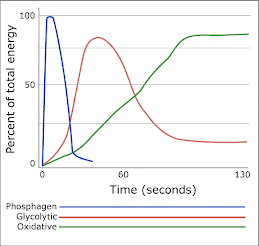Last blog we talked about the FITT principle. Of the four elements of the FITT principle, intensity is the most often overlooked and in my somewhat expert opinion the most important. We know intensity means how hard you are working out, but how do we measure that? We are going to experiment with a method called RPE or Rate of Perceived Exertion.
RPE may be the most versatile method to measure exercise intensity for all age groups. This rating relies on how hard you feel you’re exerting yourself during exercise.
The scale rates how you feel (both physically and mentally) as it relates to the intensity level. The scale ranges from 1 to 10, with the recommended RPE of 5-7 for most adult workouts. This means that at the height of your workout, you should feel you are working “somewhat hard”, nearing “hard”. Using the RPE works well because it is individualized based on your current fitness level and overall perception of exercise.
1 Rest
2 Very light
3 Light
4 Fairly light
5 Somewhat hard
6
7 Hard (heavy)
8
8.5 Very hard
9
9.5 Extremely hard
10 Maximal exertion
For your blog this week I want you to think about some of the drawbacks to using this method of measuring intensity in a workout. List one of the drawbacks in your response and explain your reasoning.
Great SEO Advice for CrossFit Gyms
2 years ago
